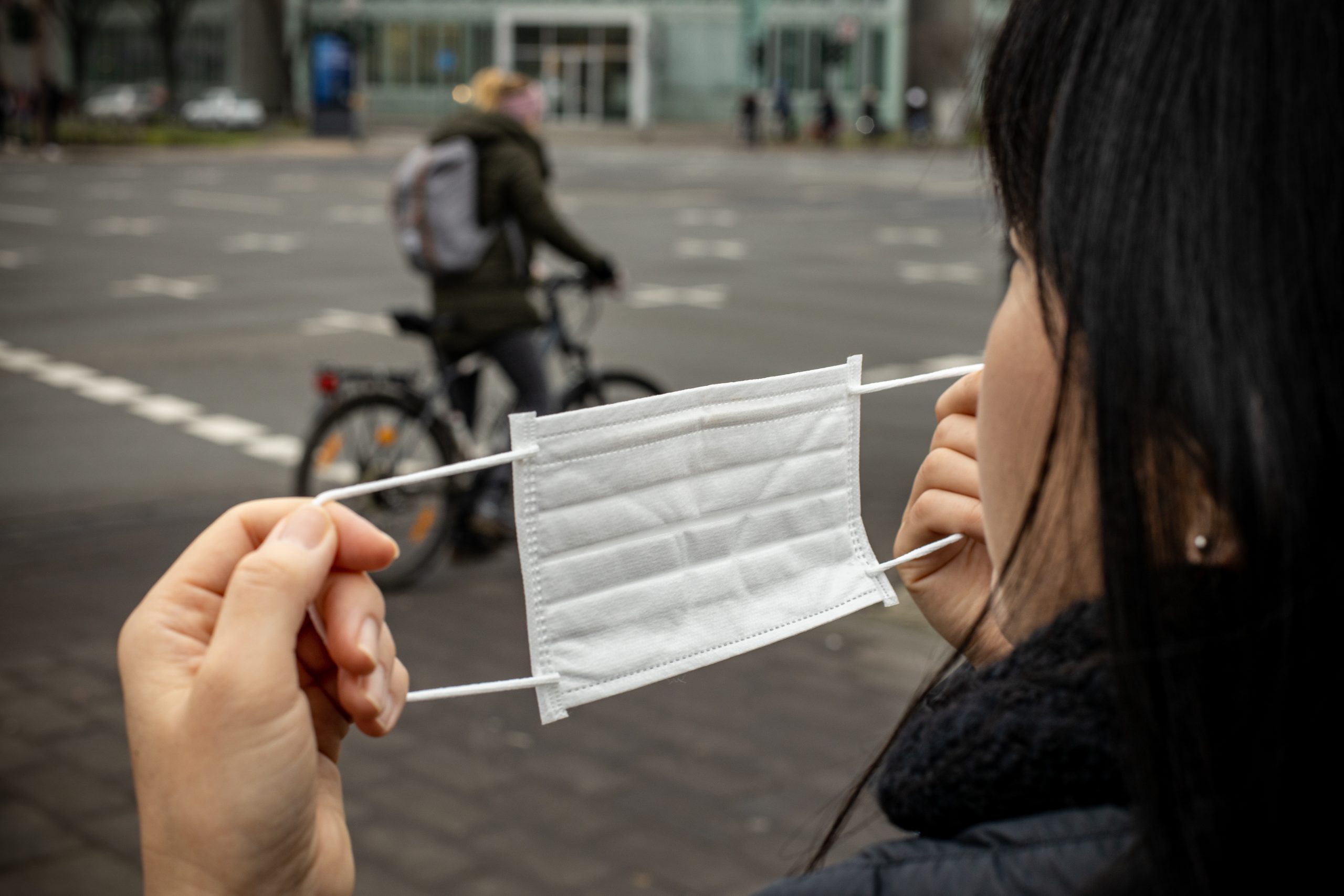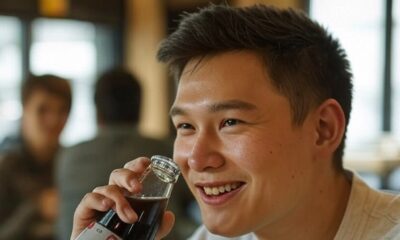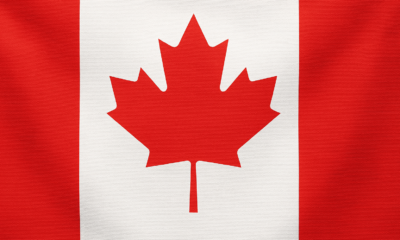Japan Embraces Smile Therapy In Wake Of COVID Masking

The Dalai Lama is credited with saying, “A simple smile is the start of opening your heart and being compassionate to others.” In Japan, the sentiment couldn’t be more relevant. As the Land of the Rising Sun gradually unwraps its face from the firm grip of the COVID-19 masking protocol, its citizens are learning to rediscover the art of smiling, creating an unexpected industry boom.
For over three years, masks have been Japan’s most ubiquitous fashion item. The cultural practice, once seasonal for hay fever sufferers or those warding off influenza, morphed into a pandemic-induced constant. A recent poll by public broadcaster NHK found over half of Japanese residents were still masking as fervently as they were two months prior. Masks have become more than just a public health accessory; they have hidden and to some extent, stifled the natural human gesture of smiling.
As Japan starts to unmask, businesses like “Smile Education,” run by Keiko Kawano, have found a niche. The demand for instruction in smiling has soared four-fold in the past year, according to Kawano. Her customers, spanning sales professionals seeking a more approachable demeanor to local governments, attest to the common notion – pandemic masking has stolen the routine of smiling from them, leading to a loss in facial muscle memory.
It’s not just the professionals who are queuing for the smiling lessons. Students like 20-year-old Himawari Yoshida are signing up too. In her experience with Reuters, Yoshida explained, “I hadn’t used my facial muscles much during COVID, so it’s good exercise.”
Kawano’s service isn’t a novel concept. She began her smiling lessons in 2017, perfecting her trademarked “Hollywood Style Smiling Technique.” She has even trained 23 other smiling coaches who teach students to score a perfect smile like her. Each one-hour, one-on-one instruction session costs about $55.
Smiling may not seem like a skill requiring lessons for most. Still, in Japan, where the cultural norm leans towards subdued emotion, the pandemic’s masking regime exacerbated the suppression of public smiling. Despite the government lifting mask mandates in March, many still hold onto the habit. A study showed that 55% of Japanese people wore masks as regularly as they did two months earlier. Strikingly, even in Kawano’s classes, around a quarter of students wore masks during the sessions.
As Kawano points out, smiling offers a non-threatening signal, which is especially important in a country with a surge in foreign tourists. “A smile signifies that I’m not holding a gun and I’m not a threat to you,” she said. With cultural nuances playing a crucial role, the “smile” has thus become a potent symbol of Japan’s road to post-pandemic recovery.
Whether the smiling lessons trend is here to stay is still being determined. But for now, as the Japanese learn to navigate the world without the protective layer of a mask, a guided smile is helping to bridge the distance created by a global pandemic. And as Kawano and her “Smiling Army” prove, in the face of adversity, the power of a simple smile should never be underestimated.
























